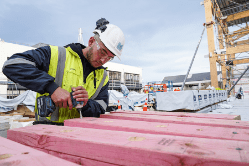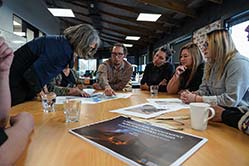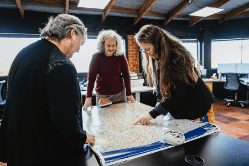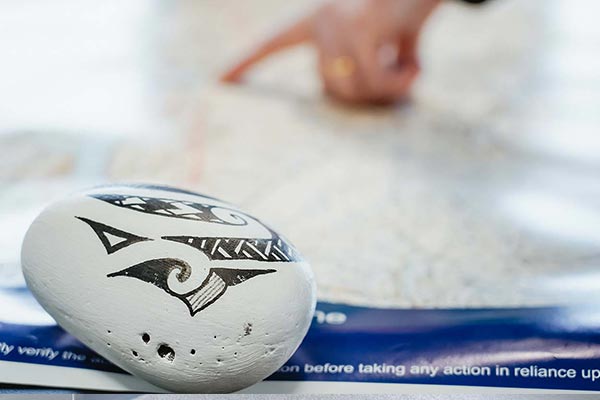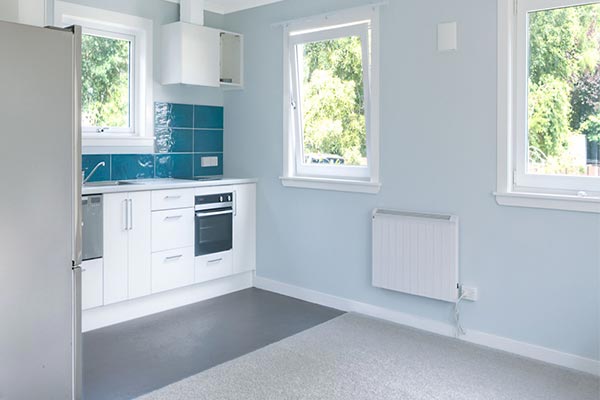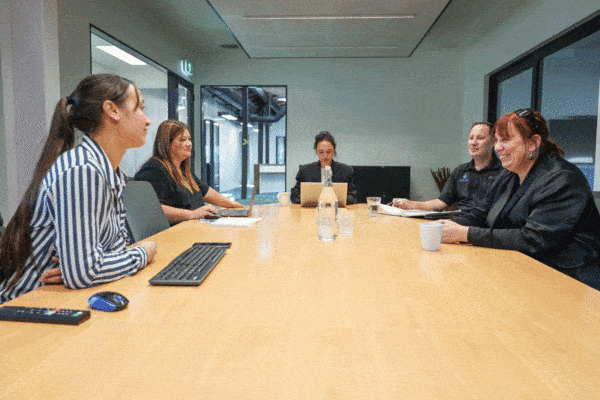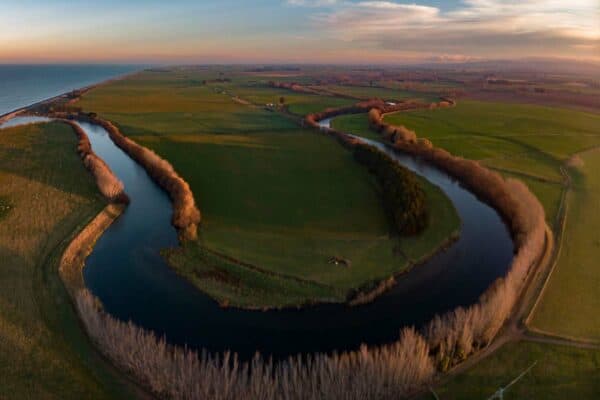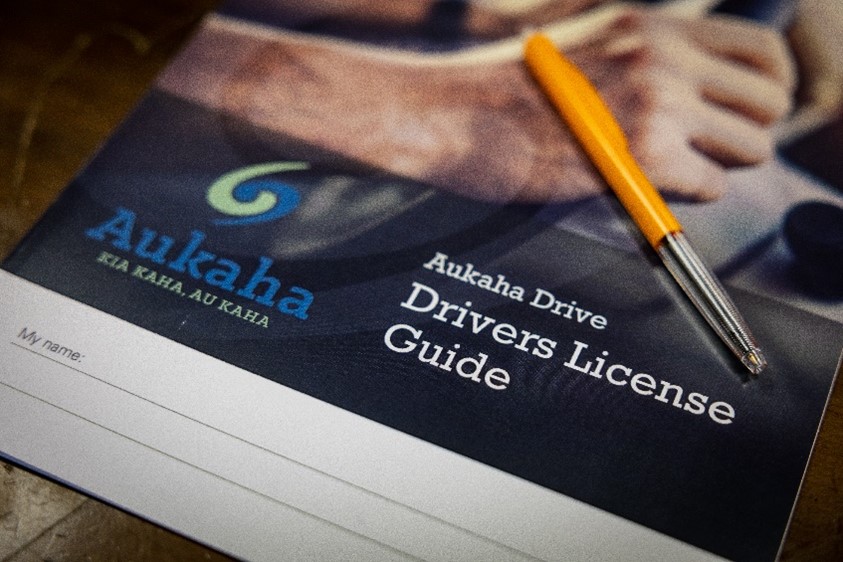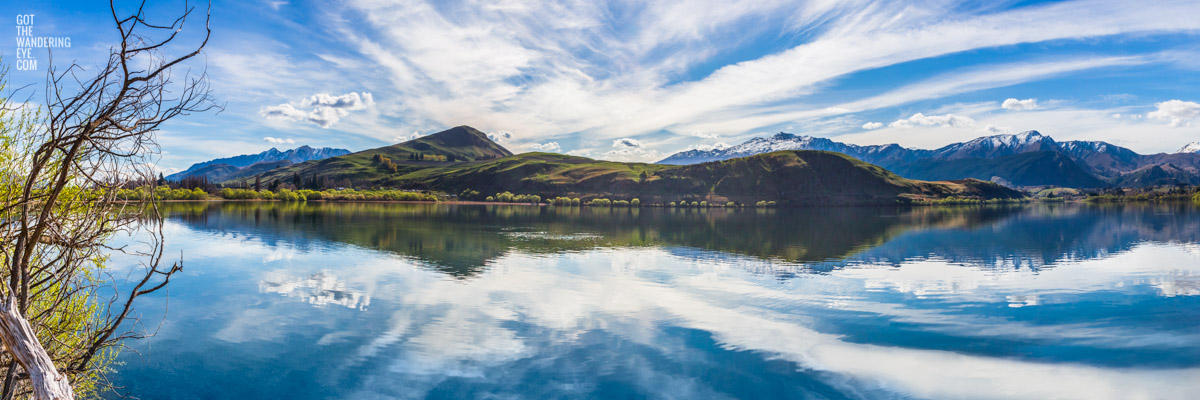Advocating for Change
Mana Taiao is the environmental pou of Aukaha, and plays a key role in working with both manawhenua and local government to ensure that manawhenua aspirations are at the centre of the kōrero.
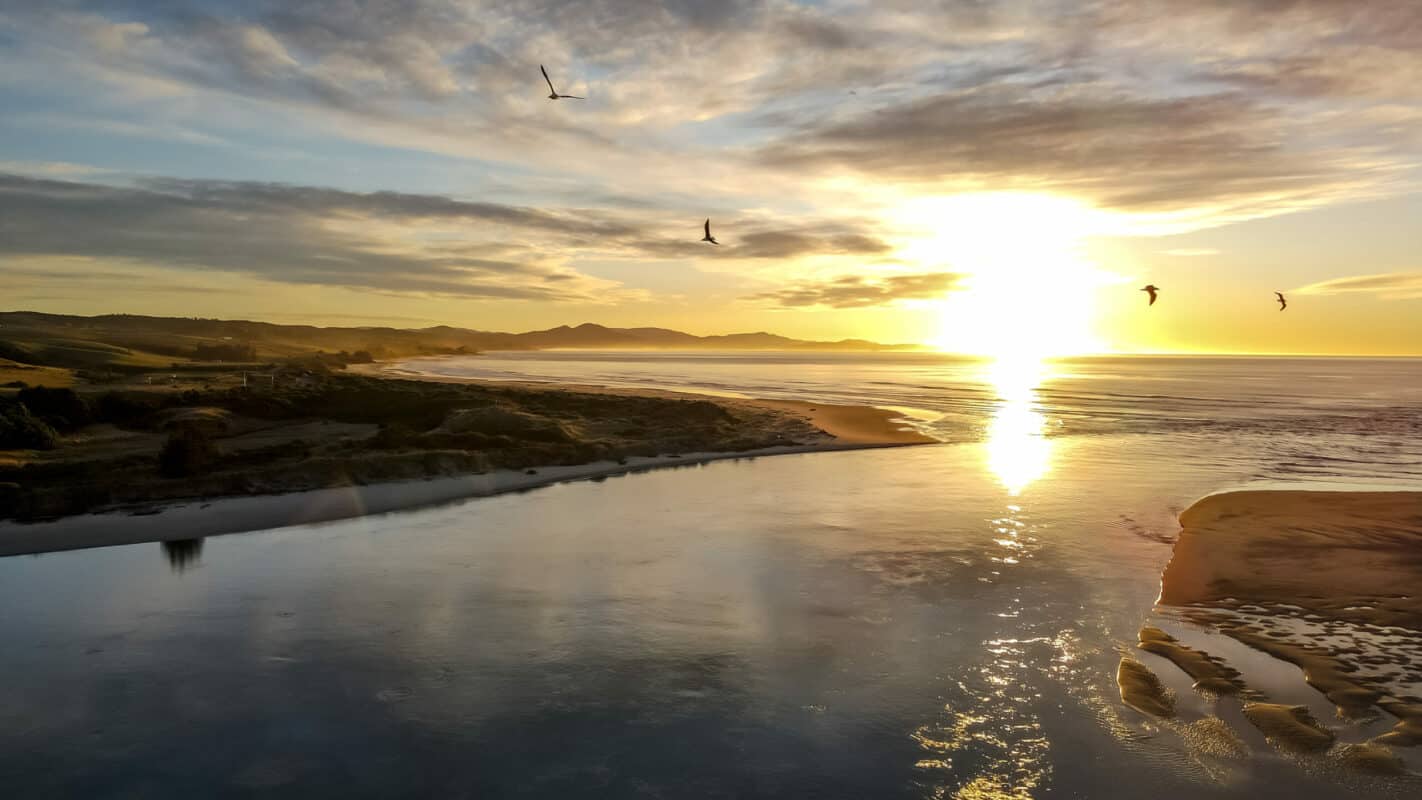
Mana Taiao is the environmental pou of Aukaha, and plays a key role in working with both manawhenua and local government to ensure that manawhenua aspirations are at the centre of the kōrero. This early engagement with manawhenua has meant that rūnaka aspirations are now included from the outset rather than as an afterthought.
Upoko of Te Rūnaka o Ōtākou, Edward Ellison says it’s very satisfying for manawhenua to know they have finally built capacity to walk in step with policy and planning processes, enabling them to be influential in decision-making around environmental management within the takiwā.
“In Aukaha and Mana Taiao, we now have a specialised team of professional people keeping rūnaka involved. That’s the result of effort and persistence over many years,” he says.
For Edward, this is a game changer.
“There have been knockdowns over the years; we were disabled and our efforts as manawhenua were cynically put aside in my view. But we’ve learned how important it is to have the capacity to engage at every level of the policy and planning process.
“The system is big and ‘crunchy’ and if you can’t keep up, you just fall by the wayside. We’ve now built a structure in Aukaha, that enables us to employ professional planners and policy and environmental people to enable us to be effective in that system.
“It’s demanding work but I’m very pleased that we’re holding our end up and supporting rūnaka to meet their kaitiakitanga obligations. I’m very happy that we now have the right management, the right moving parts.”
For Kate Timms-Dean (Ngāti Raukawa), General Manager of Mana Taiao, the key to ensuring manawhenua have a voice in policy and planning has centred on building relationships and acting as a pivot between papatipu rūnaka and local government.
“We can bridge that divide because we have an intimate relationship with rūnaka. We have a deep understanding of their aspirations, so we can then ‘interpret’ to councils to shape better policy and planning for the environment.
“Developing those relationships is fundamental. You make more traction when there is respect on both sides. It is much harder to downplay or ignore people you know, like and respect.”
She says that level of whanaungatanga was key in the recent co-authoring of parts of the Regional Policy Statement (RPS) with Otago Regional Council (ORC).
“We now work with ORC planners to write policy together. That’s been ground-breaking. It means that rather than council imagining what manawhenua want, they get a much better understanding of manawhenua perspectives.
Lisa Hawkins, Otago Regional Council Team Leader for RPS and Coast, agrees that working with manawhenua is paramount.
“Work on the RPS gave us an opportunity to strengthen our relationships and partnerships with Kāi Tahu.”
She says the Mana Taiao team have very much been “a conduit, a go-between” with manawhenua.
“They bring together their own extensive team knowledge of planning and process with manawhenua knowledge – and their ‘translation’ of that knowledge has been critical to a more collaborative approach in planning development.”
She says co-management is a strong focus for Otago Regional Council and that the RPS project was an opportunity to further that in detail, in the technical realm.
“It results in a much stronger outcome for everyone. When manawhenua values are reflected in policy, you get a much better policy, which in turn results in stronger environmental outcomes. That’s the end game for all of us.”
Lisa says working with Mana Taiao to facilitate a manawhenua voice in freshwater discussions and policy making has been a valuable learning experience.
“It has significantly built our team’s cultural understanding and we look forward to developing further. The RPS has been a real catalyst for change but it’s just the first cab off the rank.”
